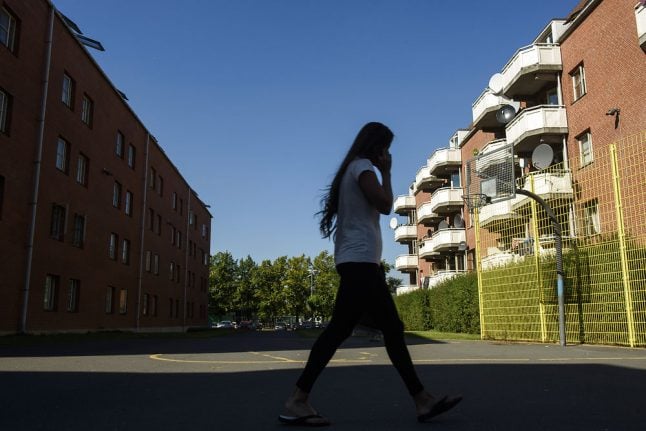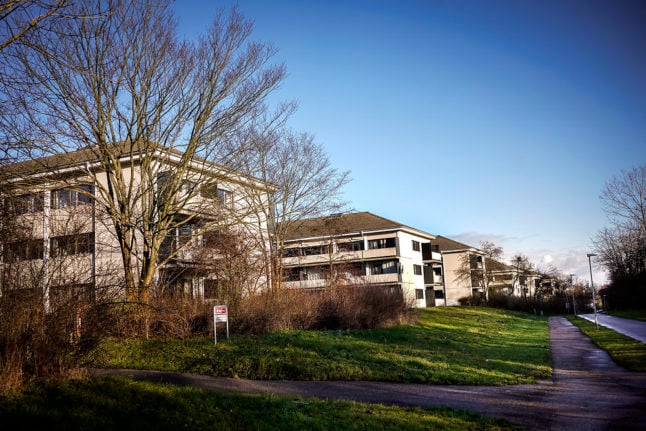Earlier this year, the government presented its plan to tackle social problems in what it defines as 'ghettos'.
That plan included harsher punishments for crimes such as vandalism, theft and threatening behaviour in areas defined as 'special punishment zones'.
But National Police (Rigspolitiet) statistics are showing a fall in crime in the areas in question, according to a report by Berlingske.
Reports of crimes fell by 30 percent between 2013 and 2017 in areas defined by the police as “socially marginalised residential areas”.
That compares with a national average of 12 percent for the measure.
Opposition MP Pernille Skipper of the Red-Green Alliance party has called the government proposal “ineffective, symbolic policymaking that undermines the principle of equality before the law”.
“It is fundamental to the rule of law the we punish equally regardless of class, and that is what is being interfered with here,” Skipper told Berlingske.
Double punishments for certain types of offence committed in underprivileged areas defined as 'ghettos' form part of a programme of measures aimed at the marginalised zones, Justice Minister Søren Pape Poulsen told the newspaper earlier this year.
At the beginning of March, the government presented its so-called ‘ghetto plan’ to tackle social problems in underprivileged areas as eight ministers visited Mjølnerparken in Copenhagen, one of the inner city neighbourhoods targeted in the proposal.
Poulsen, who declined to be interviewed by Berlingske over the reported crime figures, cited feelings of security amongst residents in a written comment.
“We have, over the years, sadly seen examples of situations in which groups of badly-behaved young people dominate underprivileged areas and create feelings of insecurity for residents through massive use of threats, violence and extortion, vandalism and openly selling drugs. This must be stopped,” the minister wrote.
READ ALSO: 'Ghettos must go': Government presents plan in Copenhagen underprivileged area



 Please whitelist us to continue reading.
Please whitelist us to continue reading.